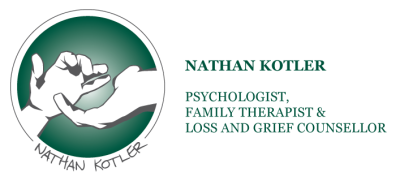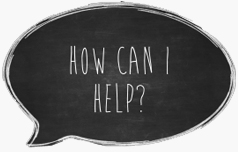How I Work with Clients
Our initial session is a conversation. I don’t write notes during the session. I focus totally on my client. I listen. I work to understand the issues, thoughts, beliefs, feelings, conflicts, behaviours, roles and relationships of the person I am sitting with. I work to understand their world through their eyes. I discuss with my client what I am learning and together we explore the layers of issues. My client knows how I am reacting to their story as it unfolds, and we work together to develop a common understanding.
My aim is for the client to end their first session having gained something – the beginnings of a new productive relationship, a new idea to think about, a new insight, something that will make a difference. My aim for the first session is that it will be more than a recitation of past events and experiences.
The client takes control of the sessions by setting the agenda for our conversations. I walk with the client in the direction in which I am led.
I am responsible for being present at the agreed time, containing the sessions to their time length, and helping the client become aware of the thoughts, beliefs, conflicts and feelings underlying their behaviours. I also work to help clients contain their thoughts and feelings, both in and out of the counselling session.
My overall aim is to help my clients function in a better way in the present. The present is the important reality to focus on. The past is only useful if it shines a clarifying light on the present. My sessions do not have to consist of endless amounts of “archaeology”, to uncover the past. The past shows us patterns of behaviours and can help us understand the reason for those behaviours. The present is where the behaviours need to change.
The sessions usually develop a practical focus in which strategies for change are eventually developed, implemented and reviewed. I then can become a life-coach as well as a relationship coach. Obstacles are analysed and we work to overcome them, gaining a deeper understanding of the issues involved as we progress.
In learning new behaviours, an analogy that I help my clients understand is of a person first learning to ride a two-wheel bicycle. The learning involves getting on, and falling off. Falling off is part of the learning. We eventually start to understand why we fall off and then can stay on for increasingly longer periods of time. Therefore I help my clients;
- Become realistic about their expectations of which new behaviours they can try;
- Increase their motivation to try, and
- Learn from each attempt so that the next attempt will be more successful.
For change of long-term behaviours to be successful, change has to happen slowly and gradually.

